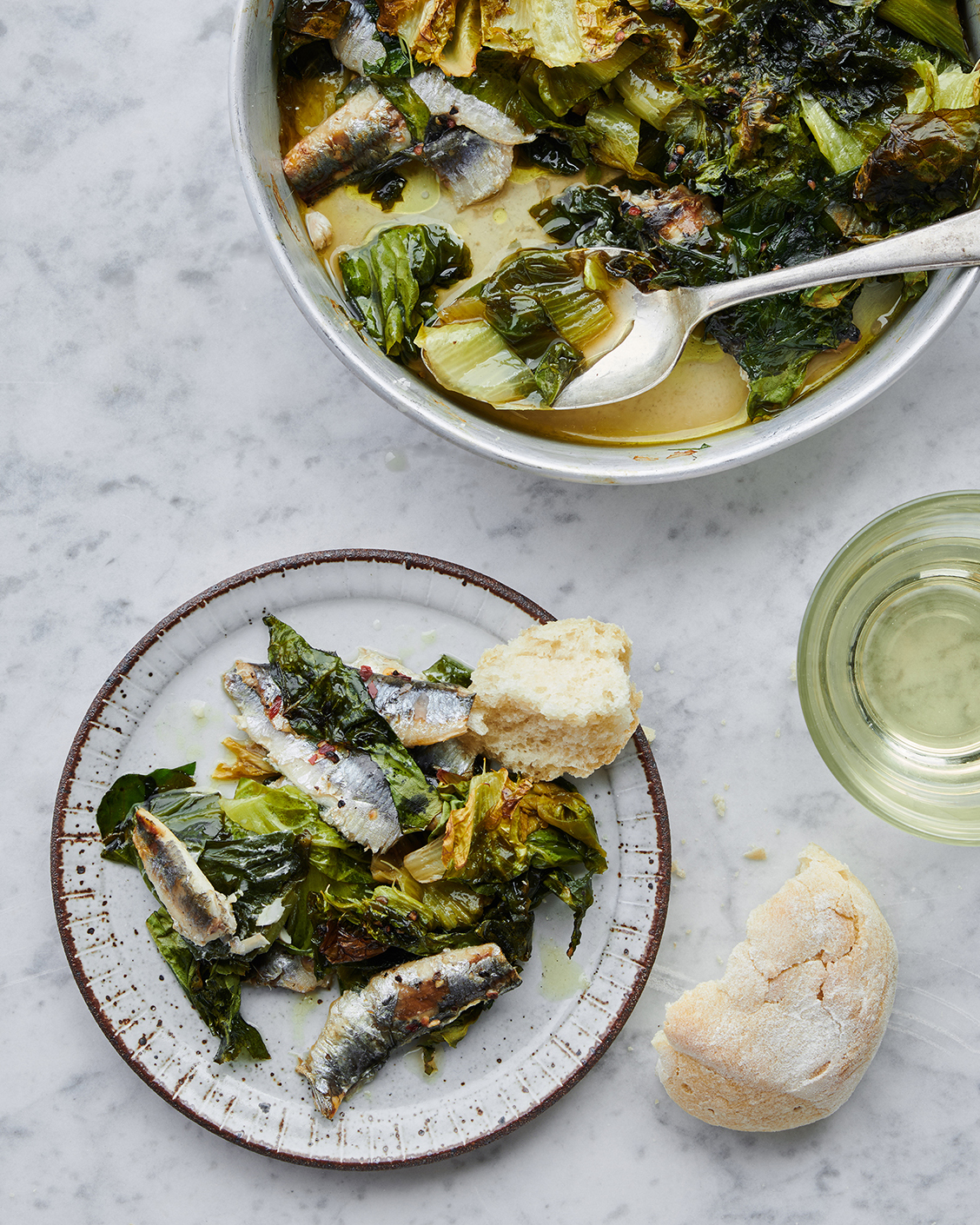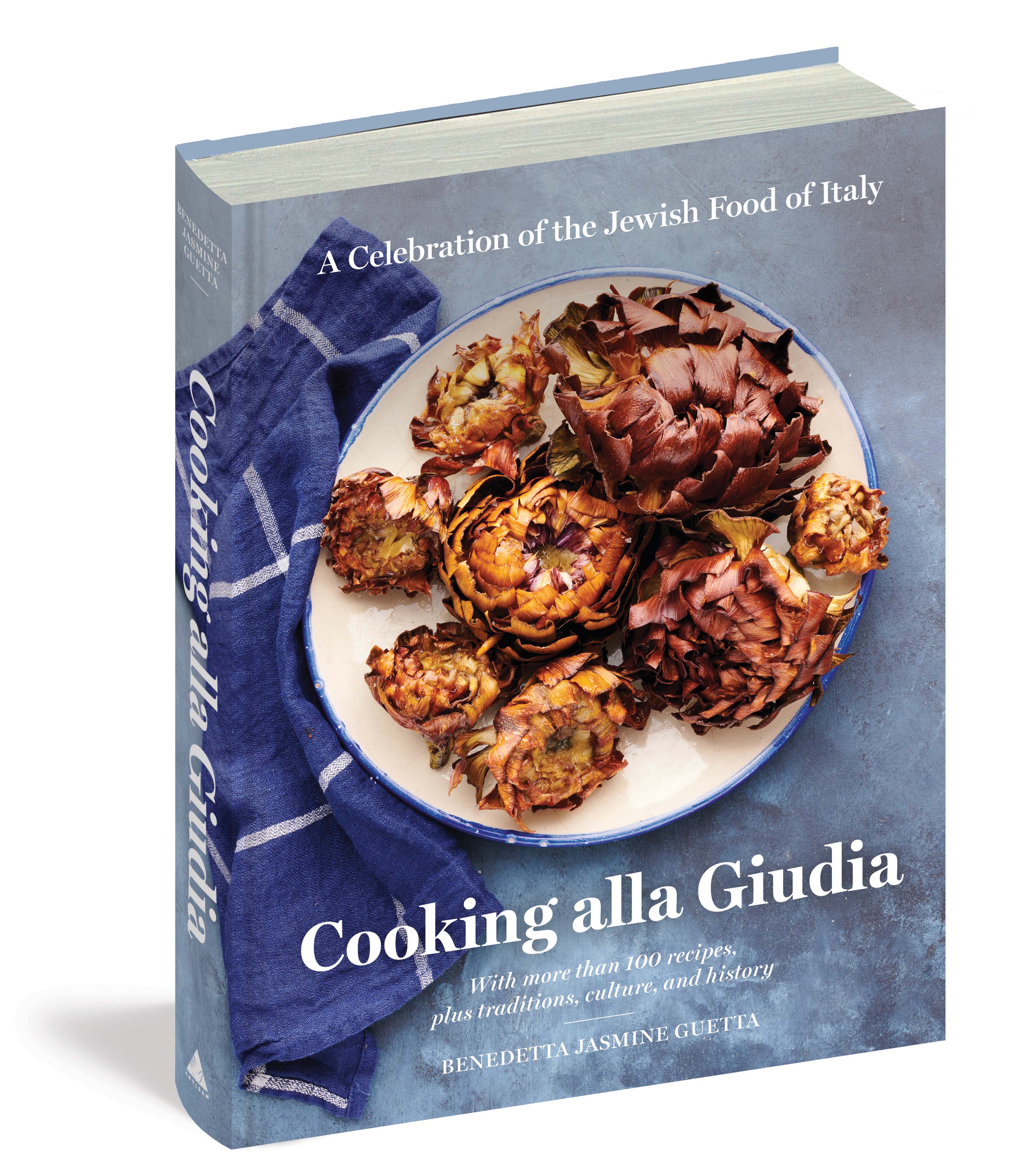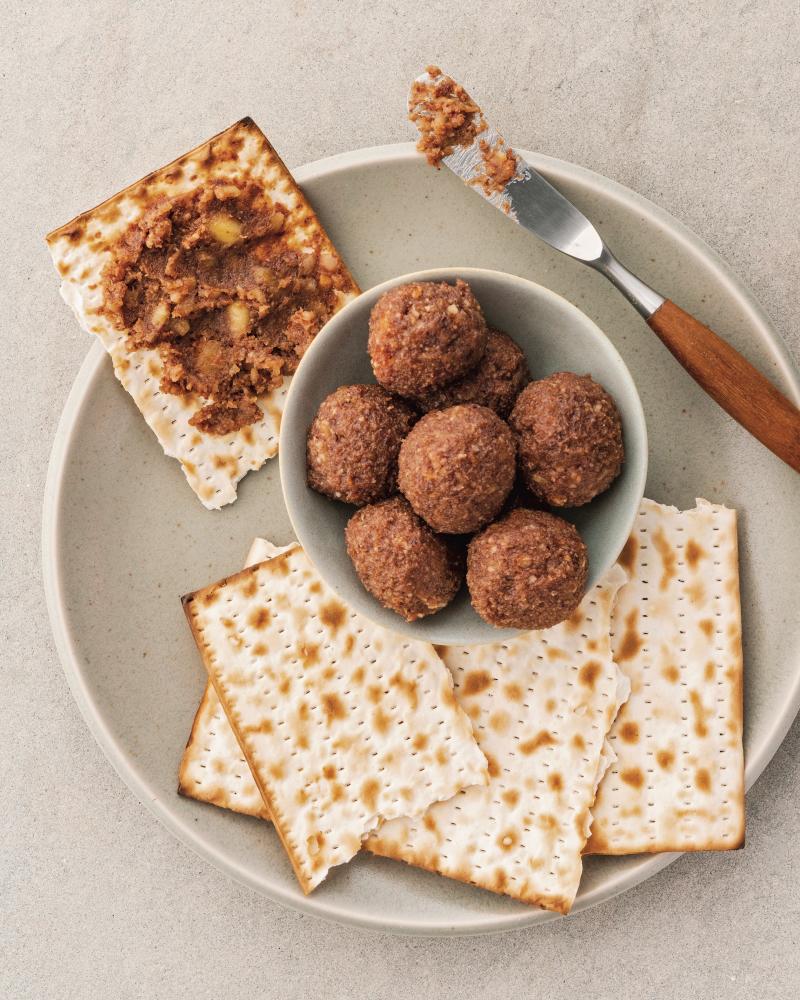Every spring, tens of thousands of Italians join up at the dinner table in celebration of Passover, an important Jewish holiday centered on the Seder, which involves a symbolic meal and a recounting of the liberation of the Israelites from bondage in ancient Egypt.
So it’s been in Italy for over 2,000 years, where a small minority group has left an outsized influence on the peninsula’s culinary makeup. With Jews now making up less than one percent of Italy’s overall population, their culinary legacy is at risk of being forgotten. Enter food writer and photographer Benedetta Jasmine Guetta, who first set out to conserve this precious heritage with the founding of Labna, a website devoted to recounting this important part of Italian history through a compendium of colorful, often familiar Jewish recipes.
Yet while Benedetta, a Libyan-Italian Jew born and raised in Milan, set out to be a food writer, she didn’t intend to become one of the foremost authorities on Jewish-Italian cuisine. “When I started my blog in 2009,” she reflects, “there weren’t many people online [...] representing a Jewish-Italian identity. And I just found myself to be the Jewish-Italian person that people spoke to. So whenever there was any curiosity or any interest in Jewish-Italian things, people came to me.”
Now based in Los Angeles where she owns and operates Café Lovi, Benedetta is anything but a passive observer of past traditions. Following the success of her website, she traveled throughout Italy, picking the brains of Jewish nonne everywhere to keep that flame flickering. Since then, she’s published two cookbooks on the subject, including the English-language Cooking alla Giudia: A Celebration of the Jewish Food of Italy, which won a National Jewish Book Award earlier in 2023. Now, on the eve of Passover, Benedetta and I sit down to discuss food, identity, and what she’s doing to keep these traditions alive.
This interview has been edited for length and clarity.

Chatting alla giudia with Benedetta Jasmine Guetta
Eric Millman: To start, how would you define Jewish-Italian food? And more specifically, how would you differentiate “Jewish-Italian food” from simply “Jewish food in Italy?”
Benedetta Jasmine Guetta: There are a few layers to this. When I started researching, and then organizing the content for the book, the question was, “What is Jewish-Italian food? What are we going to file in that big folder?” And so I found that for me at least, there were two aspects. But now you mentioned a third one that I didn’t think about.
So, one aspect is the stuff that is historically demonstrably a Jewish invention, let's put it like that. Stuff that only the Jews, at least at the beginning, would cook and eat. The equivalent would be, I don't know, matzo balls. Nobody else eats matzo balls. So there’s the stuff that is specifically Jewish, or Jewish in origin. It’s Jewish in terms of combination of ingredients, [but also in] technique. And on the flip side of that, there’s the way in which Jews started to eat due to the discrimination and the persecution that they suffered in Italy. So there are other recipes that I describe in the book that were born out of poverty, born out of necessity, born out of whatever the Pope decided, whatever the latest crazy idea that came to his mind was.
EM: Would anchovies be a good example here? [In 1661, the Pope declared that Jews could only eat undervalued foods, like oily fish.]
BJG: That’s one aspect. Then the other side is the food that the Jews eat in their household day in, day out, the average everyday food. But in addition, I try to represent whatever I felt had become more Jewish because it was adapted to Jewish dietary needs. So is lasagna Jewish? No. But is a specific way of preparing lasagna Jewish? Yes. Because then you have to switch the ingredients and make sure that you don’t mix meat and milk.

When I started writing about food, I felt that the most interesting stuff was really the Mediterranean stuff. But because a lot of those dishes that are Jewish-Italian in origin have Italian flavors, they’re common, or they’ve become common. So they’re fairly uninteresting in a way, to an Italian person.
[So a lot of Jewish restaurants, then], with maybe the exception of those in Rome, just go for falafel and hummus because that’s what people associate with Jews. It’s just like a plain vanilla Jewish sauce that you can sprinkle on food.
EM: And your work, then, aims to counter this?
BJG: Well, I think of Venice. There are, like, 400 Venetian Jews left, and most are fairly old. So when I go, I go to chat with all of the grandmas and I try to get some recipes and cook with them and things. And you should hear how mad they are, these grandmothers, because they’re like, “We’re too old to have a restaurant, and we told the restaurant owner — there is one [Jewish] restaurant in Venice, and actually there used to be two — and we told him that we wanted to go teach him how to make the Jewish-Venetian things. And he told us that they were not interested, that they were just going to keep doing the falafel thing.”
So whenever I think about my book, I think I’m trying at least to make all of these grandmas happy and have their recipes reach a wider audience.
EM: With Passover around the corner, would you be able to discuss the history of the Italian pesach dinner and what differentiates the Italian Seder plate from those in other places? Maybe you could speak a bit about what is used to represent maror [the bitter herb meant to symbolize Jewish suffering under the Egyptian Pharaoh]?
BJG: Sure. Well, to take a step back, I would say that in the last 50 years, a lot of the original Italian Jews have mingled with Jews like my family, with Jews that came from other communities. So we have a great deal of Persians, Libyans, Lebanese, Moroccans. We’ve got Jews from all over the place. So lately, the variety of what you see featured for the Seder plate, and for Rosh Hashanah as well, I would say has evolved significantly. For one thing, [for the maror], horseradish is not a thing [for Italians]. In my household in particular, we use a bitter type of lettuce, like chicory.
EM: And in recent years, it seems some American homes have begun including an orange on the Seder plate [as a gesture of solidarity toward women and the LGBTQ+ community].
BJG: Wow. And in Italy, see, we don’t have reformed Jews. In the whole of Italy, there are 10 reformed Jews. So when I moved to the United States, I was very confused with this great variety of ways in which one can be Jewish and the way people here break the rules and change the rules and change the prayers. It’s a free for all. Everybody does whatever they think is right. It’s a very confusing, yet exciting experience to view these traditions through the eyes of somebody that comes from abroad.
EM: Do you feel that this applies to a specific Italian Passover menu as well?
BJG: Well, the country as a whole is very fragmented by region. For example, in northern Italy, they would use ingredients [in the charoset, a sweet paste symbolizing the mortar with which the Jews built the pyramids] that no one else uses, like pears or chestnuts. Then, there are for sure a lot of households, especially up in the north, that would make an egg soup called dayenu. And there’s debate in the Jewish households in Italy, depending where you come from and also how religious you are: Some people serve lamb and think it’s a very Passover thing to do, while others think it’s sacrilegious, that it should be reserved for the Passover blessing and as a symbol of the sacrifices that happened in the temple.

Then, in Rome, there’s not a single household that wouldn’t make pizzarelle…which are like matzo fritters dipped in honey. They exist both plain and with cocoa, though they look horrible with cocoa, so I don’t recommend making them if you're entertaining.
EM: Looking forward, what would be your dream approach to the dissemination of Jewish-Italian cuisine? To expand your Café [Lovi, in Santa Monica, California]? To continue publishing? To return to Italy?
BJG: If I had a magic wand, I would first of all translate Cooking alla Giudia. It works great for me that the book was published in the United States because the US has a bigger audience, with many Jews and people who are interested in Jewish things. But it would mean a lot more to me if it could ever see the light of day in Italy, just because there are so many of these stories that I feel Italians need to know [...] because it would help Italians appreciate the Jewish contribution.
That, I think, would be my highest, great achievement if I could get more Italians to appreciate the Jewish history and the Jewish culture. Ultimately, it's the way I think you defeat prejudice and you educate people on different cultures. Food is ultimately the most unifying experience that you can bring to people.
Get Benedetta’s recipe for Passover-perfect dayenu here.
Where to connect with Benedetta and her work

Website/blog
Instagram: @labna
Café Lovi









